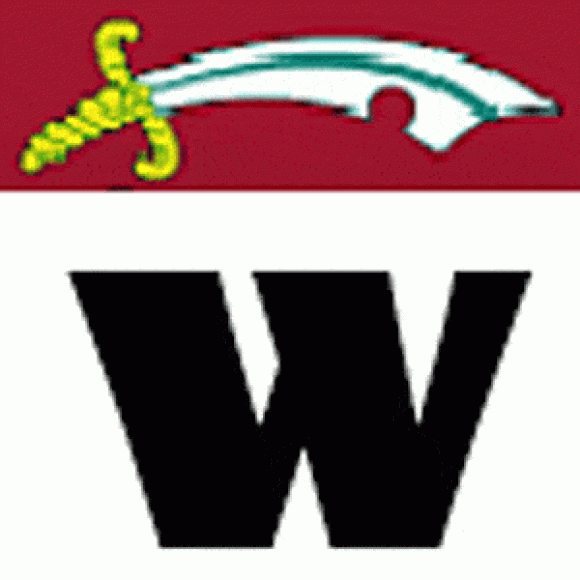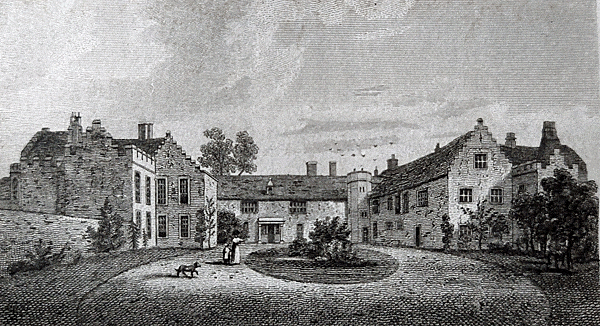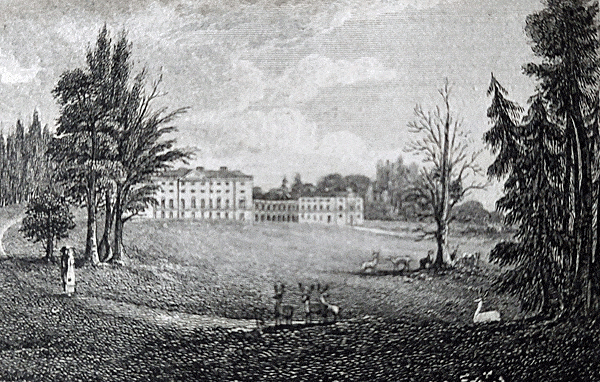Petre Family
The Center of Recusancy
The early history of the Petre family in Essex provides background that explains Catholic connections between parishes. The surname Petre is pronounced as “Peter.” During almost 300 years, the Petre family somehow was able to remain Catholic and still survive religious and political storms. One strategy was to loan the Crown money and not ask for repayment. The Petre family helped Catholics as well as Protestants. Their sphere of influence improved the fortunes on nonconformity in Essex. They grave preference to Catholics for jobs, and supported businesses owned by Catholics and other nonconformists.
Sir William Petre was an extraordinary man who was the confidant of successive monarchs (King Henry VIII, King Edward, Queen Mary and Queen Elizabeth I), a feat seldom achieved by others without the stigma of Papistry. After Sir William, three of his descendants distinguished themselves. The talents of personalities of John 1st Baron Petre, Thomas 6th Baron Petre, and Robert 9th Baron Petre made them equal to the challenges of Barony faced. John 1st Baron Petre was able to demonstrate the sincerity of his separatist faith while proving his loyalty to the Crown and England. Thomas 6th Baron Petre guided the Petre estates through a period of financial crisis following the Glorious Revolution. Robert 9th Baron Petre had the open and dignified personality that made him an able spokesperson for the emancipation of Catholics.
Sir William Petre and Ingatestone Hall
Ingatestone Hall, first built by Sir William Petre K.G. 2
William Petre was born in Devon, about 1505, becoming a Doctor of Law in 1533. He was “a man of wisdom and exquisite learning.” 1 In 1538 William signed a 40-year lease to take the Manor of Inga in Essex from the Abbess and Covent of Barking. The Manor of Inga was also known as Gyng Abbes or Abbes Hall. His power to seize the Manor of Inga came from Thomas Cromwell, who appointed him to be a Royal Commissioner for the dissolution of religious houses. William negotiated to purchase Manor of Inga from the Crown for 869.12s.6d, on which property he built Ingatestone Hall. In 1544 Henry VIII made William a Knight and member of the Privy Council. William’s first wife was the daughter of the Catholic Sir John Tyrell of Little Warley.
Cranham Hall and Thorndon Hall
Like William Petre, Thomas Cromwell purchased surrendered religious property. Cromwell purchased from the Crown the Abbey of Waltham. He held the title of Earl of Essex and owned Upminster Hall until he was beheaded in 1540. The next two occupiers of Upminster Hall were recusants, augmenting the Catholic influence of the Petre family in Essex. Ralph Latham, a London goldsmith, bought Upminster Hall in 1543 and after his death his son leased the Hall for 61 years to George Wiseman, a prominent Catholic family. In 1571 the Petre family bought the Manor of Cranham Hall, and then in 1573 purchased Thorndon Hall, also known as the Manor of West Horndon. With the purchase of Cranham Hall, the footprint of the Petre family expanded into the Upminster district. Members of the Petre family occupied Cranham Hall until they sold the estate to the recusant Nathan Wright, a London Catholic merchant in 1647.
Thorndon Park after remodeled by Robert James 8th Baron Petre. 3
The Petre Barony
The Petre Barony was created in 1603. Its formal title is the Barony of Writtle. The first Lord Petre was John Petre the 1st. In addition to the Barony of Ingatestone and Thorndon Park, other branches of the family resided in Essex. For example, Edward Petre of Crondon Park was a cousin and was ordained a Jesuit Priest. His title was 2nd Baronet. A Baronet is the lowest rank of a hereditary title. Edward Petre was an adviser to King James II, both of whom the public disliked. Crondon Park is another name for Cranham Hall, and is not in the parish of Cranham, which many find confusing.
Barons Petre of Ingatestone
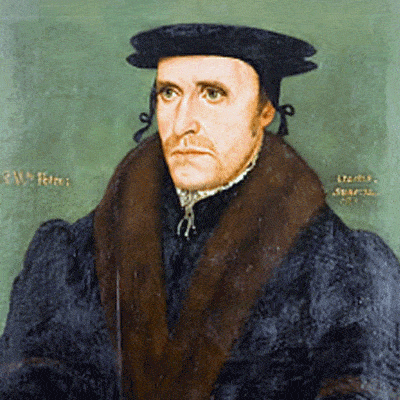
Sir William Petre K. G.
1505-1571
Sir William Petre was Secretary of State for Henry III, Queen Mary, and Elizabeth I. He as educated at Oxford as a lawyer. He tutored George Boleyn and Queen Anne Boleyn, which helped his rise to power. He was skilled at sidestepping trouble, and navigated the choppy political waters of three Tudor monarchs. William Byrd wrote Pavan and Gallard for Sir William. He hailed from Devon, the son of a Tanner.
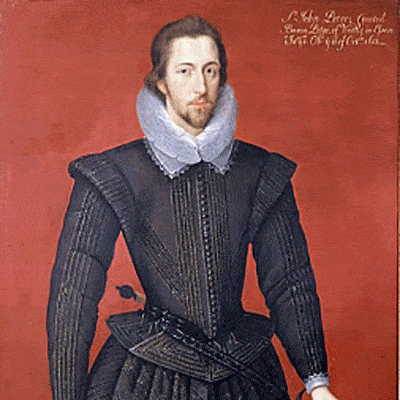
John 1st Baron Petre
1549-1613
John was a talented musician and patron of William Byrd. He was knighted by Queen Elizabeth I in 1576. Despite his religious views, he held public offices, which was the result of his caution, competency as a manager, and social graces. He married Mary Waldegrave, the daughter of Sire Edward Walgrave of Borley. Although she as fatherless and poor, his choice of bride delighted his parents.
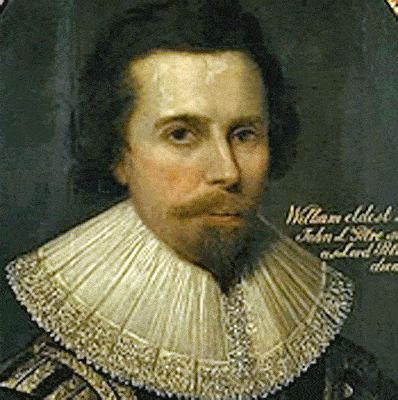
William 2nd Baron Petre
1573-1637
Sir Peter was educated at Oxford and Middle Temple, becoming a Barrister. He was the MP of Essex in 1597, knighted in 1603, and inherited the barony in 1613. In 1623 he was appointed Justice of the Peace, but he was stripped of the Magistracy in 1625 due to recusancy. Ingatestone Hall along the road to the sea port at Harwich was used for Papist meetings. Sir Peter’s loyalty to Charles I protected him.
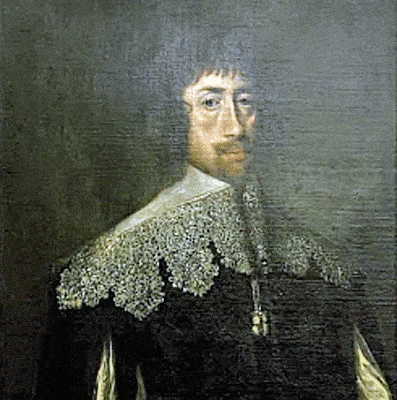
Robert 3rd Baron Petre
1599-1638
Robert 3rd Baron of Petre enjoyed his title for approximately one year. Mary Browne, his wife who survived until 1685, is described as a valiant Catholic, a Royalist, and charitable. When Robert died in 1638 his estate was valued at £25 thousands. He was educated at Oxford. In 1627 he was sent by his father to Flanders with letters and treasures of gold and silver in two barrels, presumable for the Catholic cause.
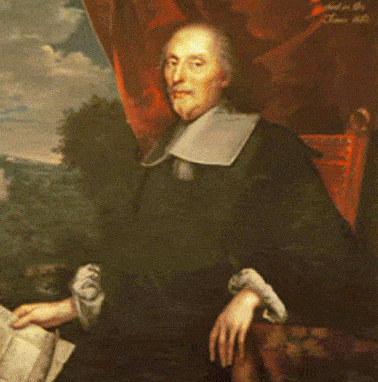
William 4th Baron Petre
1627-1683
William is the son of the 3rd Baron Petre and Mary Browne, the daughter of Anthony Browne who was imprisoned over the bogus Gunpowder Plot of 1605. In 1678 Titus Oates and Lord Shaftesbury accused William as a conspirator in the plot to kill King Charles II. He was imprisoned in the Tower of London for five years until his death in 1683 from poor health. He marred twice: Elizabeth Savage and Bridget Pincheon.
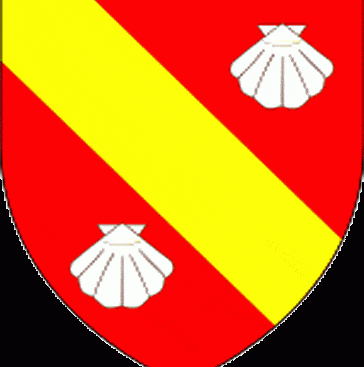
John 5th Baron Petre
1629-1684
John was Baron for a mere 17 days. Little is know about him. His older brother was William 4th Baron Petre.
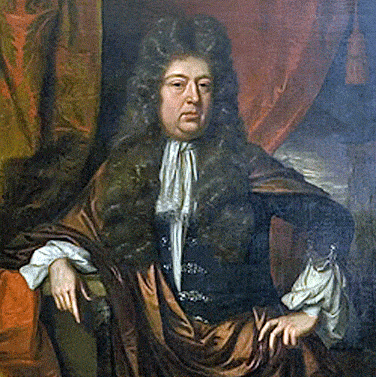
Thomas 6th Baron Petre
1633-1706
In 1684, Thomas received his title from his brother. In 1685, James II became king. His cousin Father Edward Petre became a confidant of James II. Thomas was appointed Lord Lieutenant of Essex. After James II fled England, Thomas was forced to resign his commission. Politics and the large sums Thomas spent on English Catholics stressed the family’s purse but he refilled it before his death.
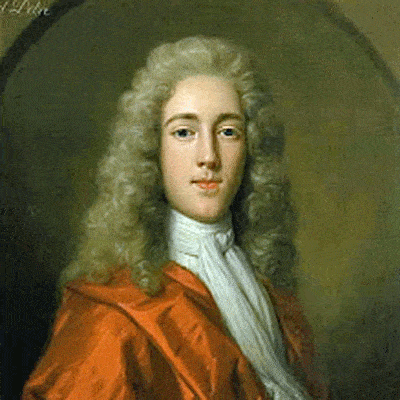
Robert 7th Baron Petre
1689-1713
Robert received his father’s title at age 17 and died at age 24 years old of small pox. In 1711 he cut a lock of hair from Arabella Fermor, his sixteen-year-old distant cousin, which became the subject of The Rape of the Lock by Alexander Pope, a family friend. He married Catherine Walmesley of Lancaster, who survivied two husbands. When Robert died, Catherine was six months pregnant with Robert James.
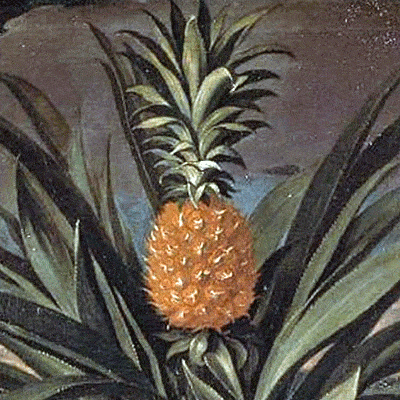
Robert James 8th Baron Petre
1713-1742
Robert was 29 year old when he died from small pox. In 1741, Peter Collison, a Quaker Merchant, was astonished when Robert served his dinner guests pineapple grown in Thordon’s hothouses. Robert was one of the most accomplished horticulturalists of his generation. His gardens contained 219,925 plants with more than 10,000 species from North America. 4
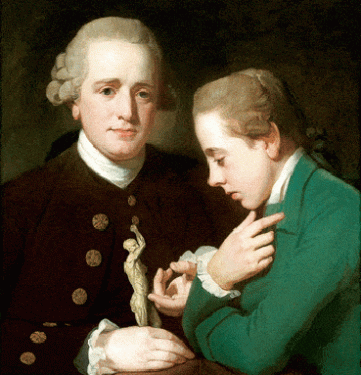
Robert 9th Baron Petre
1742-1801
Robert is remembered for his philanthropy. Charles Butler described his character as open and dignified. Robert was the first Chairman of Chelmer and Blackwater Navigation, which built a cannel connecting Chelmsford and the sea at Heybridge Basin, near Maldon. He was one of the champions of Catholic emancipation, which was aided by his patriotism. 5
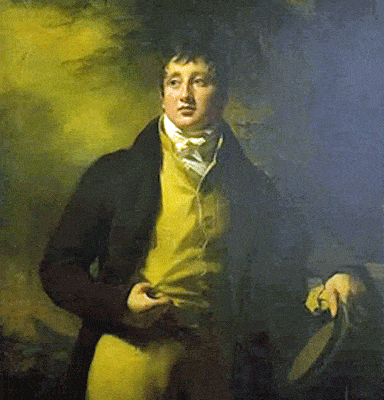
Robert Edward 10th Baron Petre
1763-1809
Robert held his ancestral title for only 8 years. He married Mary Bridget Howard, who was the sister of the 12th Duke of Norfolk.
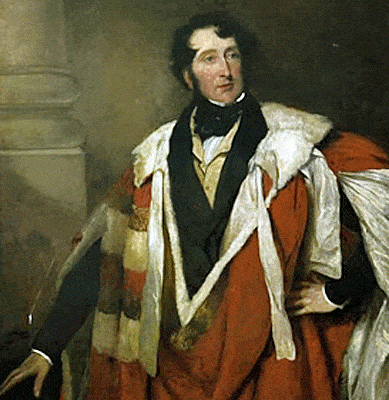
William 11th Baron Petre
1793-1850
William Henry Francis was the first Baron Petre since 1678 to take his seat in the House of Lords, following the Catholic Relief Act of 1829. He was a passionate horseman and hunter. He purportedly purchased Marengo, the Arabian horse of Napoleon I. He maintained a pack of foxhounds. The entire deer herd of New Zealand came from Thorndon Park. He built a racecourse at Oxney Green, near Writtle.
